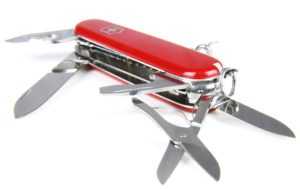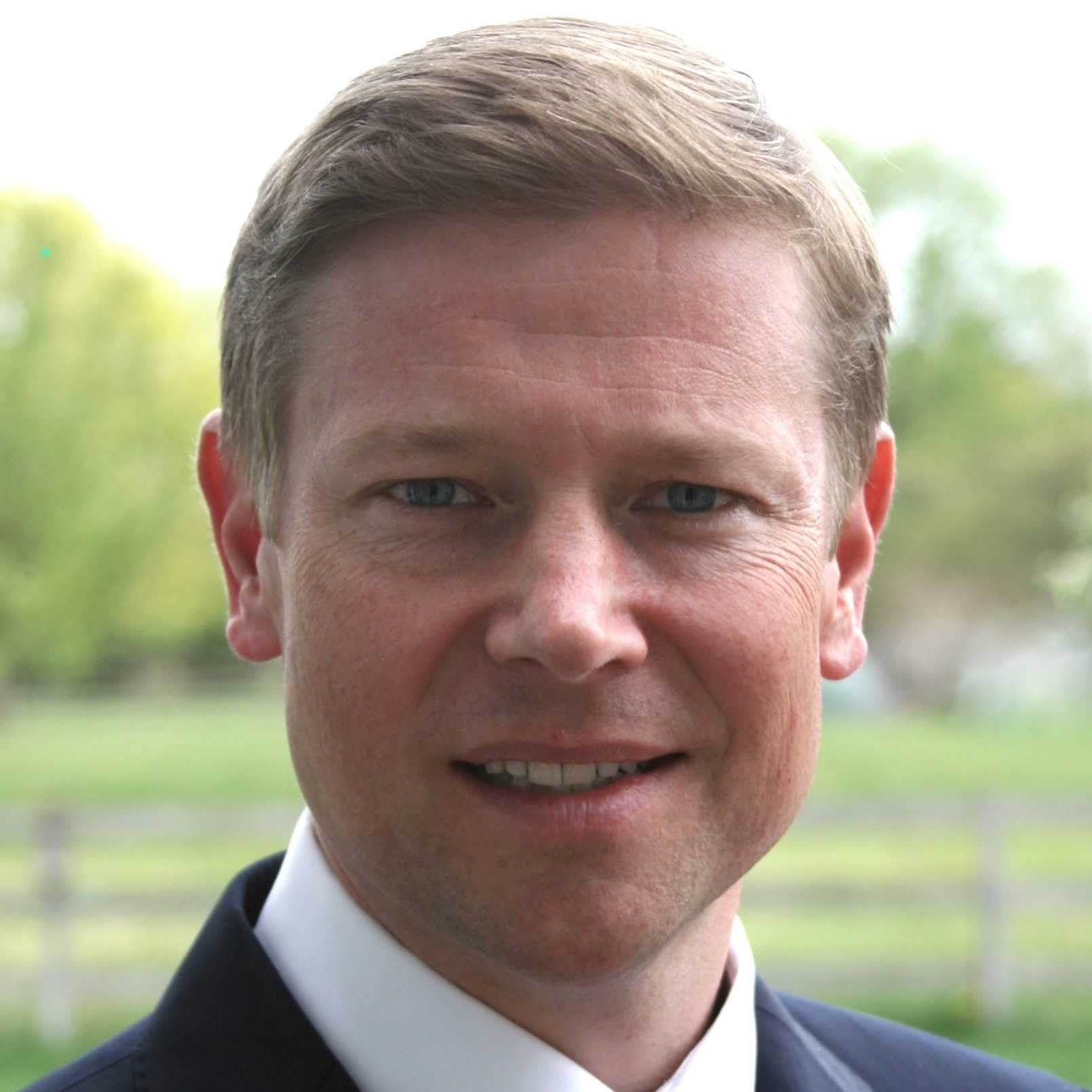Meeting global climate challenges will require every tool we have. Energy efficiency is many packed into one.

Image: Unsplash.com
From more frequent and intense natural disasters to growing electricity demand and costs, climate-related challenges are on the rise for everyone. Meeting these extraordinary challenges head-on requires an all-hands-on-deck effort to transform our energy future and lower dependence on fossil fuels. At the heart of this challenge lies an opportunity to improve the places where most people spend 90 percent of our time—our buildings.
In the United States, buildings consume more energy than most countries do as a whole. Powering, heating, and cooling our businesses and homes accounts for 40 percent of all energy use and a similar percent of greenhouse gas emissions. In some cities, buildings account for over 70 percent of carbon emissions. These facts make it easy to see why the United Nations Sustainable Development Goals includes an ambitious target of doubling the global rate of improvement in energy efficiency by 2030.
 This week, as global leaders gather at the Global Climate Action Summit, we need to ensure we are not only cultivating ambition, but also exploring collaborative clean energy solutions that address multiple challenges. As executives of the Alliance to Save Energy and the Institute for Market Transformation, two organizations on the front lines of today’s building efficiency movement, we know that energy efficiency is the Swiss Army Knife of clean energy solutions. It can be a knife if you need a knife. But it can also be a screwdriver, a pair of scissors, a saw or even a toothpick.
This week, as global leaders gather at the Global Climate Action Summit, we need to ensure we are not only cultivating ambition, but also exploring collaborative clean energy solutions that address multiple challenges. As executives of the Alliance to Save Energy and the Institute for Market Transformation, two organizations on the front lines of today’s building efficiency movement, we know that energy efficiency is the Swiss Army Knife of clean energy solutions. It can be a knife if you need a knife. But it can also be a screwdriver, a pair of scissors, a saw or even a toothpick.
This is particularly important when it comes to buildings. Energy efficiency is the one dynamic solutions-set that supports all the things we ask our buildings to be – climate-friendly, resilient, safe, smart, secure, healthy, and grid-interactive. It’s also a huge economic engine. Today, energy efficiency supports 2.25 million U.S. jobs – more than any other clean energy sector. Moreover, it improves business profitability and makes owning or renting a home more affordable. It’s also a great enabler for other clean energy solutions, boosting the effectiveness of solar, wind, and other renewables by reducing overall energy demand.
And building efficiency also has a strong link to health. High-performance buildings not only use less energy, but also improve indoor and outdoor air quality, as well as shield people from temperature extremes to keep us comfortable and safe. No matter what we ask, energy efficiency under-promises and over-delivers.
And yet, even though our collective energy efficiency efforts in the U.S. are saving businesses and consumers hundreds of billions of dollars every year, we are only scratching the surface of its true potential. With the growing adoption of smart energy efficiency policies and programs, alongside available state-of-the-art technology and new financing mechanisms, we have the ability to turn every leaky and wasteful building into one that is high-performing and improves our lives. To do so, businesses, governments, and utilities must work together on seven key efforts.
- Get smart about energy use.
To save energy, we first need to better understand how we’re using it. Businesses are doing this by tracking energy use to individual tenants and pieces of equipment. Cities are doing this by passing energy benchmarking and building tune-up policies and launching programs that allow building owners, tenants, and utilities to see in real time how their buildings use energy and how they compare to peers. Much like miles-per-gallon stickers or nutrition labels, this data ignites a virtuous cycle of competition, which helps drive continuous improvements that lower operating expenses, air pollutants, and carbon emissions. - Commit to stronger baselines and use them as a launching pad for improvement
We need to ensure all buildings are built and refurbished to high-performance levels. States and cities need to adopt strong building energy codes, and those codes need to be properly supported and enforced. We also need strong incentives and programs to encourage deep retrofits of existing buildings that will be in use for decades to come; these improvements lock in energy savings as well as health and environmental benefits for generations. - Support and expand research & development for energy efficiency
Many key energy efficiency technologies today were developed thanks to research supported by the U.S. Department of Energy. Officials should be working to expand their investments in research on efficiency technology and solutions and making cost-effective investments to improve the performance of the government’s own buildings and equipment. These investments establish a critical foundation of knowledge, technical expertise, best practices, and public-private partnerships that drive efficiency across the economy and inspire further innovation. - Improve equipment standards
Innovation makes more efficient products available; standards ensure that we are taking advantage of them. U.S. standards are an enormous success story, saving the average household nearly $500 each year on energy bills. Continued progress here is important since the U.S. is so influential across international markets. For example, an estimated 2.3 billion people around the world are demanding access to air conditioning. While this presents an enormous challenge, once again efficiency represents the one opportunity that can ensure that this new demand for air conditioning doesn’t include a disastrous climate impact. - Make smarter business decisions
Businesses and individuals need to consider efficiency in everyday decisions from operations, leasing, to valuation. The cheapest energy is the energy we don’t use. Everyone can save money by looking to efficiency first . One powerful example for how to make efficiency business-as-usual is through the lease. Leased space represents 50 percent of all commercial building energy use in the U.S. Both owners and tenants can unlock win-win energy savings and sustainability benefits with smart lease clauses that align incentives and address efficiency and sustainability. We can save an estimated $3 billion per year in U.S. office buildings alone if all commercial offices adopted green leases. - Drive competition Public-private initiatives like the EPA’s ENERGY STAR program gives businesses and consumers the information they need to make informed investments and favor efficient options. It also prompts manufacturers to compete to improve the efficiency of their products and owners to do the same for their buildings. Innovative financing mechanisms can all help businesses become more competitive and invest smarter. In the last few years, Fannie Mae, Freddie Mac and the Federal Housing Authority started offering better terms on mortgages for multifamily buildings that cut their energy or water use. The market responded enthusiastically, with green financing rocketing. Fannie Mae’s green financing program grew from $3.6 billion in 2016 to $27.6 billion in 2017.
- Equitably share the benefits In 2015, roughly one in five households reported reducing or forgoing basic necessities like food and medicine to pay an energy bill. This energy insecurity disproportionately affects low-income communities, the elderly, and people of color, all of whom experience significantly higher energy burdens than the average household. Bringing low-income housing up to the efficiency levels of the median American household would eliminate 35% of excess energy burden. We must double down on successful weatherization programs, and frontline communities must have a seat at the table to make sure utility programs, tax incentives, permitting and other tools equitably benefit them and help them save energy.
Energy efficiency is the greatest economic opportunity we have. It’s time to factor energy efficiency in everyday decisions and make building efficiency the norm and not the exception. The tools are available to achieve never-before seen savings and progress. It’s time to put them to work.


